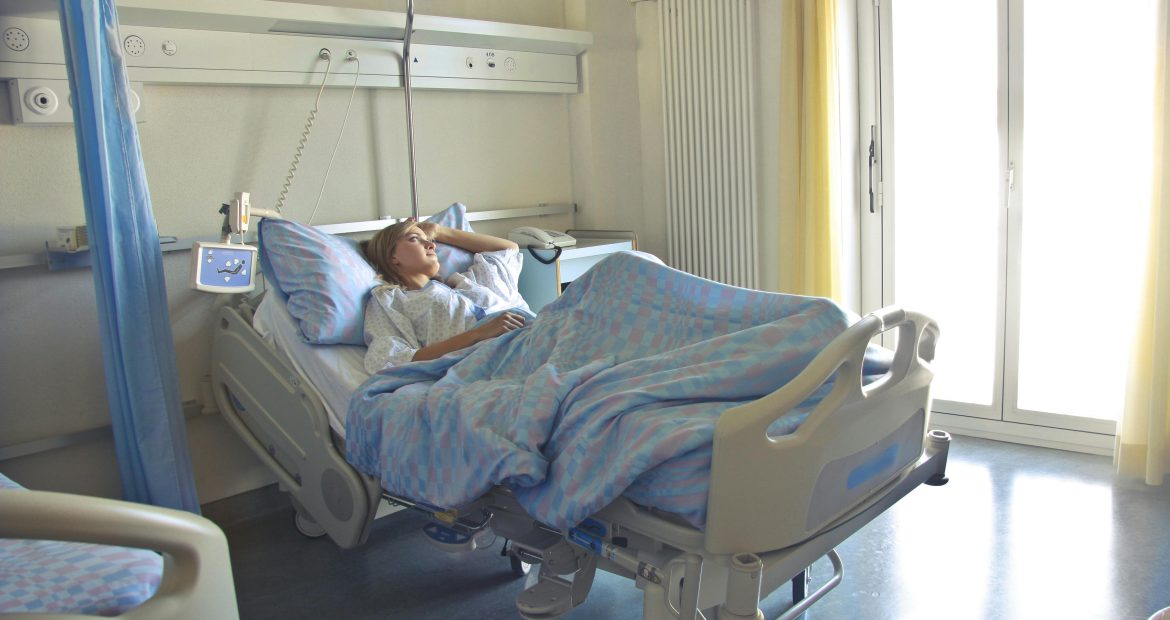Privacy Glass: A Fortified Barrier for Staff Safety
July 26, 2024Specific Types of Privacy Glass and Their Applications
To effectively address the complex safety challenges in high-risk institutions, a variety of privacy glass types can be employed:
- Electrochromic Glass: This type of glass can transition from clear to opaque to completed blackout with the application of an electrical current. It is ideal for large windows and doors, offering rapid control over visibility.
- Liquid Crystal Glass: Similar to electrochromic glass, liquid crystal glass changes opacity when an electrical current is applied. It is often used in partitions and smaller window applications.
- Polymer-Dispersed Liquid Crystal (PDLC) Glass: PDLC glass provides a more gradual transition between clear and opaque states, offering a customizable level of privacy. It is suitable for various applications, including observation windows and security barriers.
- Switchable Privacy Film: This film can be applied to existing glass surfaces, converting them into privacy glass. It is a cost-effective option for retrofitting facilities.
Case Studies
- Correctional Facilities: A maximum-security prison implemented electrochromic glass in visitation rooms to protect staff from potential inmate aggression. The glass can be instantly obscured to prevent contraband smuggling or inmate-to-inmate communication.
- Behavioral Health Facilities: A psychiatric hospital utilized PDLC glass in patient common areas to create a calming environment while maintaining staff visibility. The ability to control light and privacy levels helped to reduce agitation and prevent escalation of incidents.
- Juvenile Detention Centers: A juvenile detention facility installed switchable privacy film on observation windows to protect staff from physical assaults and to maintain a less intimidating environment for young detainees.
Additional Safety Considerations
- Emergency Protocols: Clear and concise emergency protocols should be developed and regularly practiced to ensure staff can effectively utilize privacy glass in crisis situations.
- Redundancy: Consider implementing backup power sources for privacy glass systems to maintain functionality during power outages.
- Regular Maintenance: Routine inspections and maintenance are essential to prevent malfunctions and ensure the continued effectiveness of privacy glass if not purchashed from a trusted vendor such as Privacy Glass Solutions.
By carefully selecting the appropriate type of privacy glass and implementing comprehensive safety protocols, high-risk institutions can significantly enhance staff protection and overall security.
Deep Dive: Safety Challenges and Cost-Benefit Analysis
Specific Safety Challenges
High-risk institutions face a unique set of challenges that necessitate innovative solutions like privacy glass.
- Physical Assault: Protecting staff from physical violence is a paramount concern. Privacy glass can act as a deterrent and provide a temporary barrier during confrontations.
- Self-Harm: Individuals in crisis may engage in self-harm behaviors. Privacy glass can prevent other residents from witnessing these distressing events, reducing potential trauma and copycat incidents.
- Hostage Situations: In extreme cases, privacy glass can create a visual barrier, limiting the hostage-taker’s ability to assess the situation and potentially aiding in a safe resolution.
- ** contraband Smuggling:** Privacy glass can hinder attempts to smuggle contraband, reducing the risk of violence and disruptions within the facility.
- Staff Intimidation: Intimidating behavior can create a hostile work environment. Privacy glass can provide a sense of security for staff, reducing stress and improving job satisfaction.
Cost-Benefit Analysis of Privacy Glass
While the initial investment in privacy glass can be substantial, the long-term benefits often outweigh the costs.
Costs:
- Purchase and installation of privacy glass
- Integration with existing security systems
- Ongoing maintenance and repairs
- Staff training
Benefits:
- Reduced risk of staff injuries and fatalities
- Decreased property damage
- Improved staff morale and retention
- Enhanced public image
- Potential reduction in liability claims
- Increased operational efficiency
To conduct a comprehensive cost-benefit analysis, consider the following factors:
- The frequency and severity of incidents involving staff safety
- The potential costs associated with injuries, worker’s compensation claims, and lost productivity
- The long-term savings from reduced staff turnover and improved morale
- The potential impact on public perception and reputation
- The overall cost-effectiveness of privacy glass compared to other security measures
Case Study: A correctional facility implemented privacy glass in visitation areas to reduce the risk of contraband smuggling and staff assaults. Within the first year, the facility reported a significant decrease in incidents, resulting in substantial cost savings in medical expenses, lost work hours, and property damage.
By carefully evaluating these factors and conducting a thorough cost-benefit analysis, institutions can make informed decisions about the implementation of privacy glass.


